The forced closure of 12 California ranches on Point Reyes National Seashore will mark the end of a 150-year era of agriculture in Marin County.
Environmental groups, including the Center for Biological Diversity, the Resource Renewal Institute, and Western Watersheds Project, challenged the presence of commercial dairies within Point Reyes National Seashore, arguing they were incompatible with conservation efforts.
The Nature Conservancy joined negotiations in 2022, seeing the process as a rare opportunity to reshape the future of 28,000 acres of coastal prairie near the Bay Area. Seeking incentives to facilitate a resolution, the organization positioned the agreement as a means to balance ecological restoration with public access and environmental education.
After years of lawsuits by environmental groups, the Biden administration finalized a buyout agreement in January before incoming President Trump was inaugurated.
The agreement will shut down half of the dairies in the county and displace multi-generational farming families, all within 15 months of the decision. The two remaining ranches are grass-fed beef operations: Marin Sun Farms and Niman Ranch.
“This is an exciting moment for Point Reyes National Seashore. Thanks to agreements between TNC and the closing ranch operations, the park’s future management will include additional opportunities for visitors, non-lethal management of native tule elk, and honors the co-stewardship agreement with the Federated Indians of Graton Rancheria,” Point Reyes National Seashore Superintendent Anne Altman said as part of the statement. “The NPS recognizes the important legacy of the multigenerational ranching families, whose contributions were important to the creation of Point Reyes National Seashore, and we extend our heartfelt gratitude to the ranchers, TNC, litigation parties, and others who contributed to reaching this pivotal agreement.”
The emotional toll on these ranching families has been immense. Point Reyes rancher Kevin Lunny told the Petaluma Argus-Courier, describing the moment he informed his 94-year-old father of the closure, “We’re both just weeping, and we haven’t even said any words yet.”
Many families who have worked the land for generations will have to vacate, leaving behind homes, barns, and farm infrastructure — some of which are historic sites.
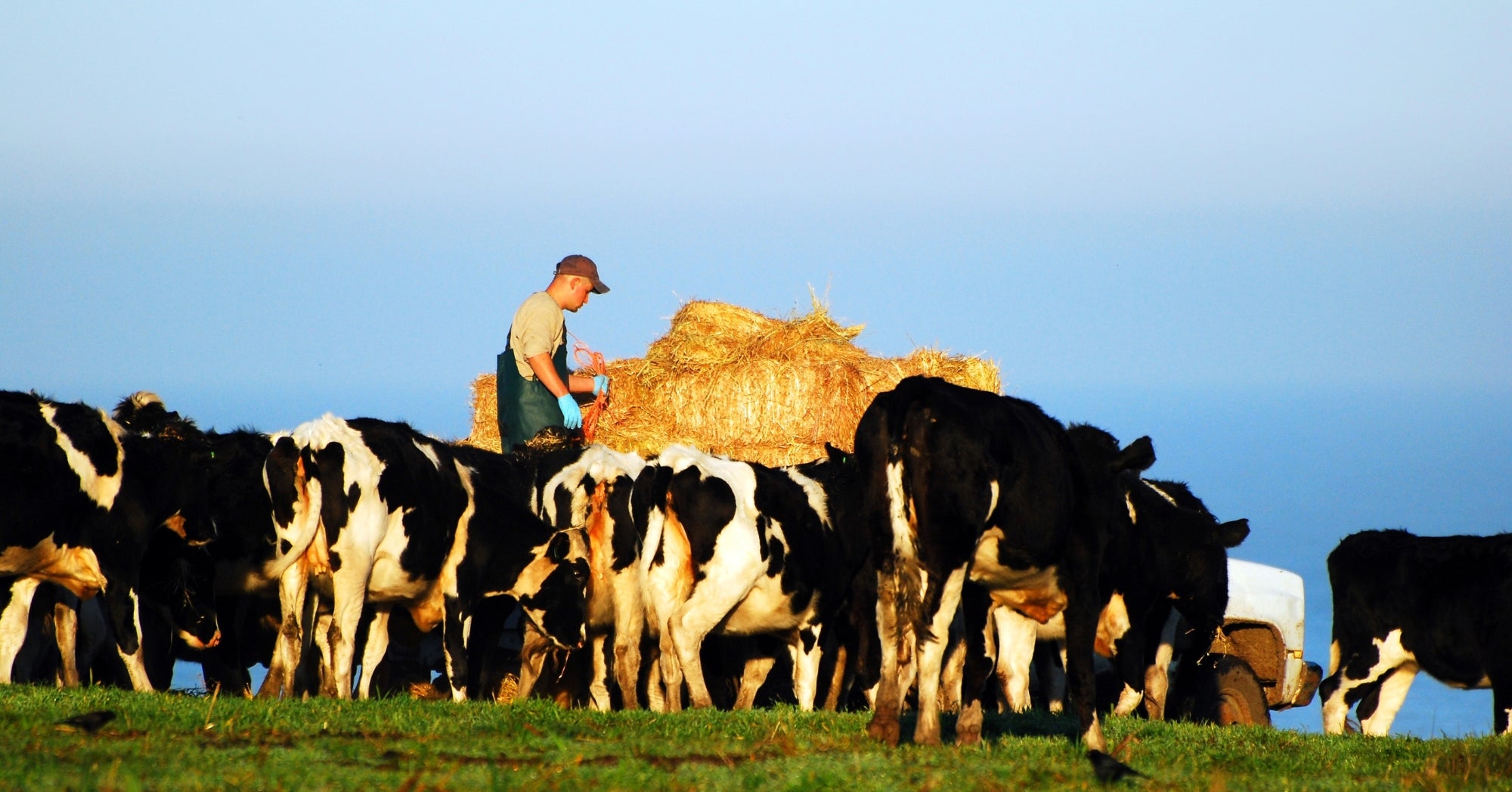
Two lawsuits seek to counter the decision
Since the settlement’s announcement, a series of heated community meetings have taken place. According to local news sources, at least two lawsuits have been filed — one by displaced tenants and another by a cattle operation contesting the terms of the agreement.
“Our approach is to force the National Park Service to restore ranching, because if there’s ranching the park service says we can have housing,” said Andrew Giacomini, the lawyer representing the residents told reporters.
Environmental groups, including the Center for Biological Diversity and Western Watersheds Project, have long fought to remove agriculture from the national seashore, arguing that cattle operations harm the ecosystem and tule elk habitat.
The Nature Conservancy played a significant role in the buyout, reportedly hosting high-dollar donor events to raise funds for the removal of ranchers.
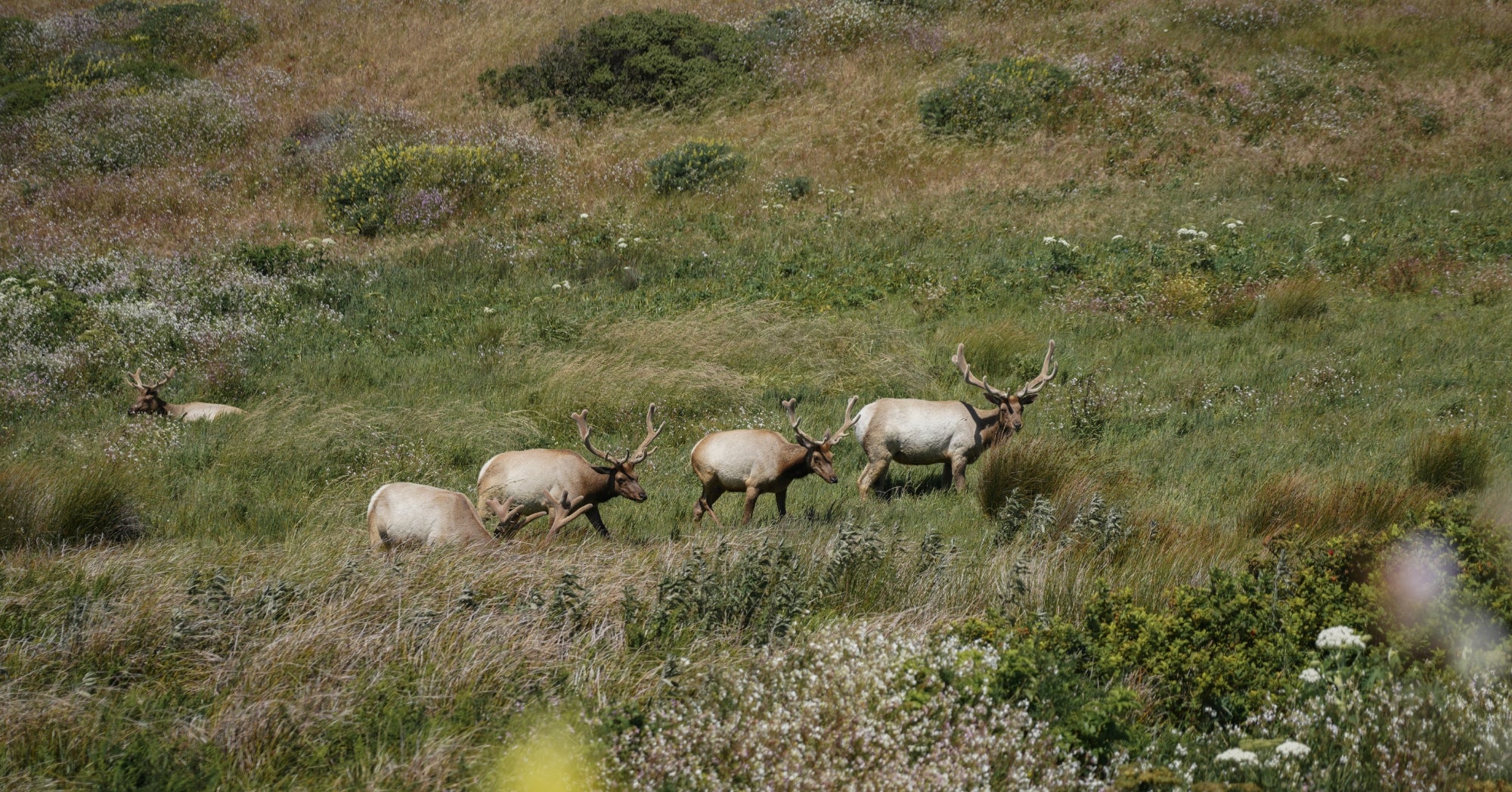

Elk and water quality are at the center of the debate
While activists hail the decision as a victory for conservation, opponents argue that it disregards the history of sustainable land stewardship and the importance of food production.
Much of the land was originally purchased in an eminent-domain buyout. Though the families continued to operate and live on their ranches and dairies, in the late 1970s, elk were reintroduced to the area after being hunted to extinction in the area.
In 2016, the Resource Renewal Institute, the Center for Biological Diversity, and the Western Watersheds Project sued the National Park Service, demanding a new general plan for Point Reyes National Seashore that evaluated the environmental impact of livestock ranching.
The lawsuit cited pollution from cattle operations, degradation of salmon habitats, threats to native species like the California red-legged frog and the western snowy plover, and public complaints about odors.
The Park Service settled in 2017, agreeing to draft a new management plan, which was finalized in 2021. This plan allowed ranchers to secure long-term leases while also authorizing the culling of elk to prevent conflicts with cattle.
The same groups filed suit again in 2022, challenging the park’s new management plan.
Following settlements, the National Park Service plans to convert over 16,000 acres of former agricultural land into a “Scenic Landscape Zone,” introducing new camping and educational opportunities for visitors.
However, concerns remain about fire risk and land management, as officials consider contracting grazing operations to mitigate potential hazards.
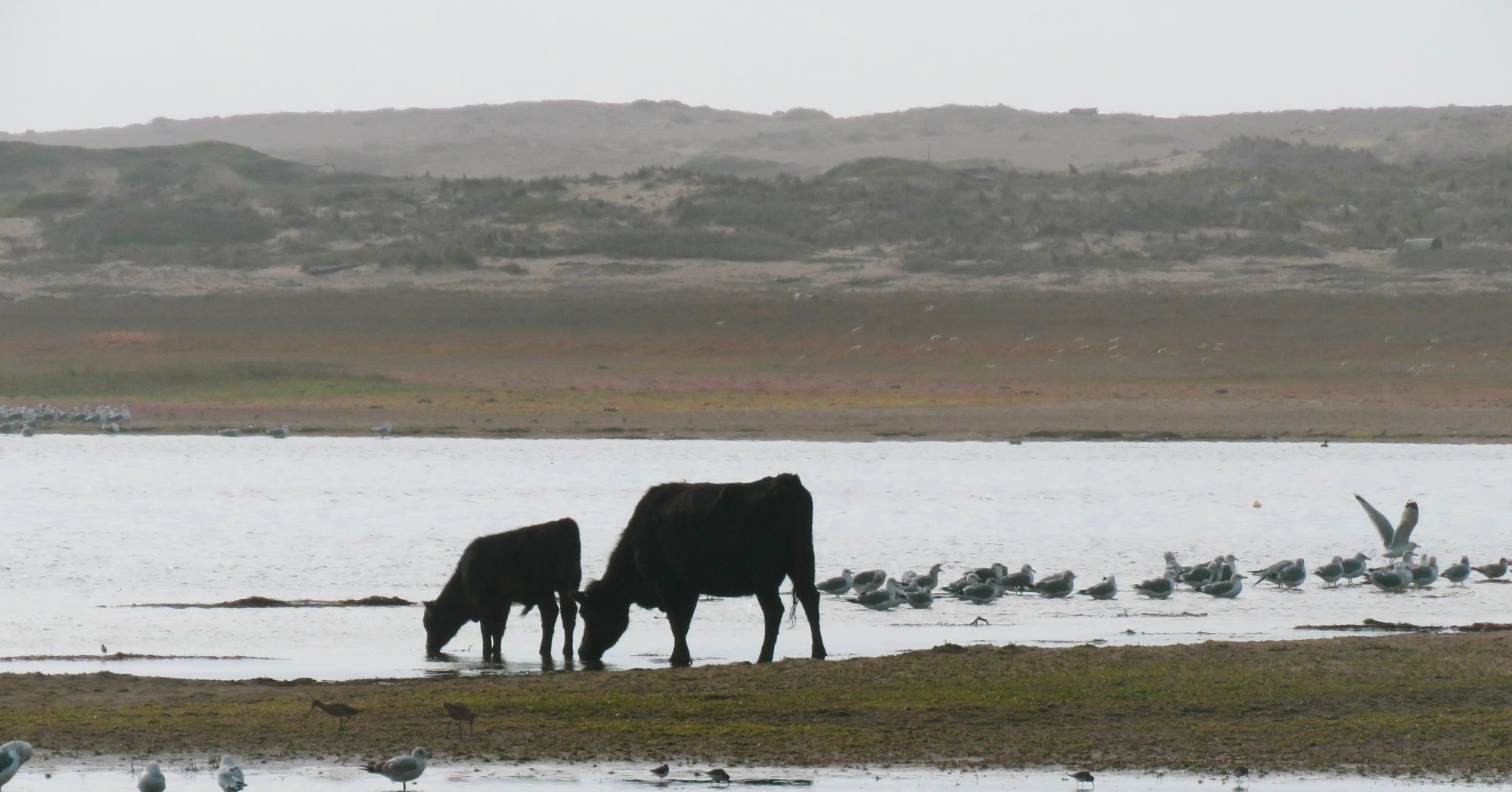

What happens to agricultural operations in the area
The settlement agreement involves 12 ranches within the boundaries of Point Reyes National Seashore, including all four remaining dairy operations, two former dairy ranches, and six beef cattle ranches.
Additionally, the park service has issued 20-year leases to seven beef cattle ranches located in the Golden Gate National Recreation Area, which is southeast of the seashore and outside its boundaries.
Once these operations cease, the agreement will result in a reduction of nearly 17,000 acres of commercial ranching and 4,729 cattle in the park, compared to the 2017 count.
According to the Petaluma Argus-Courier, the park service is also negotiating long-term leases with two remaining beef ranches: The D. Rogers Ranch (including K Ranch and AT&T Ranch, operated by Dave Evans) and the Commonweal grazing allotment (operated by Bill Niman), located at the southern tip of the seashore near Bolinas.
The Marin Agricultural Land Trust expressed concern over the recent settlement.
“The story of agriculture in Marin County has never been a straight line. Instead, it is a story of innovation and resilience, of ranchers and farmers who have faced challenges and stepped into the role of changemakers — from organic dairies to regenerative ranches to artisanal cheese visionaries.”
Albert Straus, founder of Straus Family Creamery, which sources organic milk from local dairies, voiced strong opposition to the removals. He argued that Marin and Sonoma counties’ organic dairy farms serve as a global model for sustainable agriculture and that removing these family-run operations disregards both community needs and environmental stewardship.
In an op-ed published earlier this month in The San Francisco Standard, he criticized the move as a misguided attempt to turn the seashore into a tourist destination at the expense of working lands.
The financial terms of the buyout remain undisclosed, though estimates suggest around $30 million will be distributed among affected families. Meanwhile, Congressman Jared Huffman, a key figure in the agreement, is set to host a town hall to discuss the future of Point Reyes.
For the displaced ranchers, this decision marks not only the loss of their livelihood but also the end of a way of life that has shaped the region for generations.


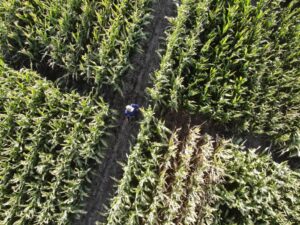
:max_bytes(150000):strip_icc()/Screenshot-2025-05-15-at-7.43.57AM-1024x577-a039c9de65a94343b3c0bf2fc06589a6.png)
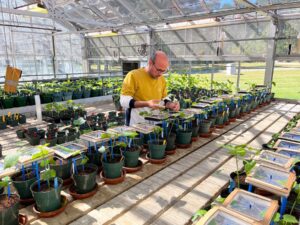


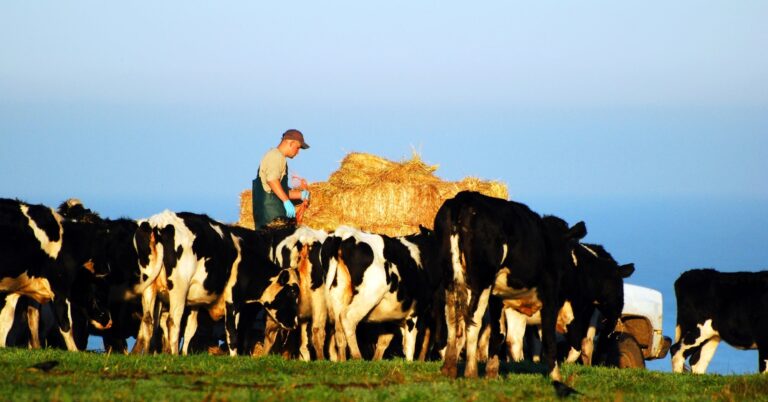
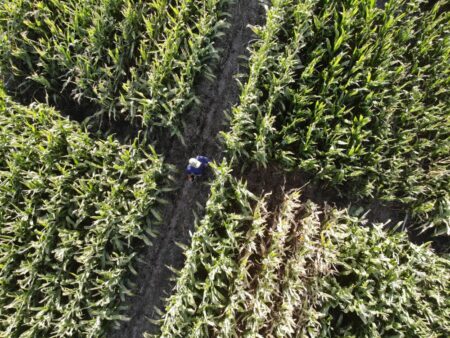

:max_bytes(150000):strip_icc()/51719837314_e7a502b632_o-9e5062ea4bb640a1b5d179161ce4f8cc.jpg)
:max_bytes(150000):strip_icc()/round-baler-auction-2-45867f5f6f1f4a58b42640e55dc55208.jpg)
:max_bytes(150000):strip_icc()/100126623_corn-c50fb58d6d38489399a49df1dd84f429.jpg)